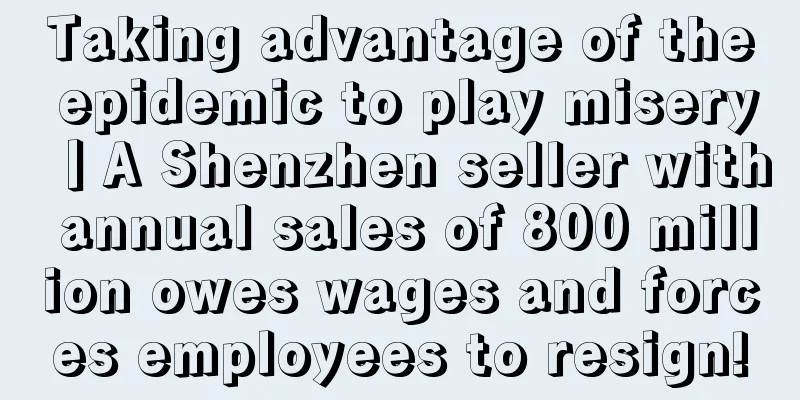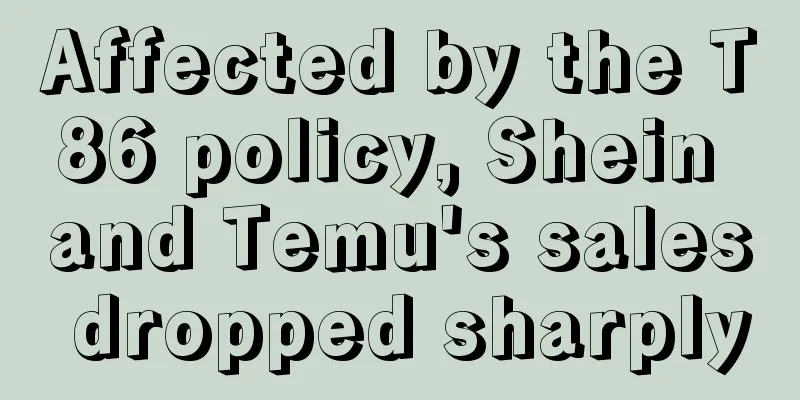What is ProdSG? ProdSG Review

On September 23, 2011, the German Bundestag promulgated a revised version of the GPSG, the current Product Safety Law (ProdSG). On December 1, 2011, the new Product Safety Law (ProdSG) came into force and replaced the original GPSG. Applicable German implementation date December 1, 2012 English ProdSG Chinese Product Safety Law The main changes in the new regulations are excerpted as follows1. New regulations for manufacturers, importers and retailers (1) Manufacturers, agents and importers of consumer products must fulfill the following obligations within the scope of their business in relation to the consumer products they provide: Conduct appropriate product spot checks; ·Handle relevant complaints and keep relevant complaint records when necessary; Direct retailers to take further action in relation to the consumer product. (2) Retailers must ensure that only safe products are placed on the market. In particular, retailers must not introduce consumer products on the market based on prior information or experience that is contrary to the requirements. (3) When importing products with the GS mark, importers need to verify whether the products have a valid GS certificate and file the corresponding documents, recording the validity date, GS mark issuing authority and certificate number. 2. New regulations on GS certification agencies The new regulations increase the requirements for GS certification bodies, requiring all GS certification bodies to publish the list of GS certificates that have been issued (white list) and the list of GS certificates that have been revoked (such as abuse of the GS mark) (black list). 3. New requirements for market regulators The new regulations increase the requirements for market regulators. Product inspections need to be completed by authorized GS certification agencies or similar qualified agencies; if manufacturers fail to issue product hazard warnings to customers in a timely manner, market regulators will directly inform the public of the relevant product hazards; the sampling guideline for market regulators is 0.5 samples per 1,000 households. Punitive measuresThe new regulations have stricter penalties for violations, such as increased fines for missing German instructions, missing specifications or labels on consumer products, etc. The purpose is to eliminate abuse to achieve the ultimate effect. Violations of the regulations are generally subject to a fine of 10,000 euros, but if the GS mark is used without the corresponding certificate, the fine will be as high as 100,000 euros. If an advertisement is published without the corresponding GS certificate or the GS mark is abused, a fine or up to one year in prison may be imposed according to the penalty provisions of the legislature. References
|
<<: What is GS certification? GS certification evaluation
>>: What is the European Brand Licensing Program? European Brand Licensing Program Review
Recommend
It is said that Shein has contacted US banks and stock exchanges to discuss IPO matters
It is learned that on July 4, Reuters reported th...
The value of online returns in the United States exceeded $200 billion in 2021! Nearly 20% were auto parts!
According to data from the National Retail Federat...
What is Dropbox? Dropbox Review
Dropbox is a very useful free network file synchro...
What is the International Anti-Counterfeiting Coalition (IACC)? International Anti-Counterfeiting Coalition (IACC) Review
The International Anti-Counterfeiting Coalition (I...
What is FP? FP Evaluation
FP is the pinyin abbreviation of counterfeit goods...
US retail industry will break the $6 trillion mark for the first time! Amazon firmly occupies the top spot in retail!
It is learned that according to the latest forecas...
New policy! Amazon charges sellers for merging accounts
On August 4, Amazon US released a new announcement...
What is Canada's new tax law? Canada's new tax law review
Canada's new tax law will come into effect in ...
Listing Optimization Four-Five Line Features Bullet Point
1. What are the characteristics of the five elemen...
Amazon Lisiting can be optimized in this way to avoid being demoted
As the Prime Day and other promotional seasons app...
What is Oalur? Oalur Review
Oulu is a data analysis tool launched by the origi...
What is Shenzhen Weiyu Supply Chain Management Co., Ltd.? Shenzhen Weiyu Supply Chain Management Co., Ltd. Review
Shenzhen Weiyu Supply Chain Management Co., Ltd. i...
Looking at the cross-border workplace from the Dong Yuhui incident: the donkey is abandoned after it has done its job, and the commission is wasted...
The "backstabbing" incident of Oriental ...
What is Find Your Influence? Find Your Influence Review
Founded in 2013, Find Your Influence is the leadin...
10 Product Selection Tips for Amazon Sellers
Do you also have the idea of entering the e-com...









